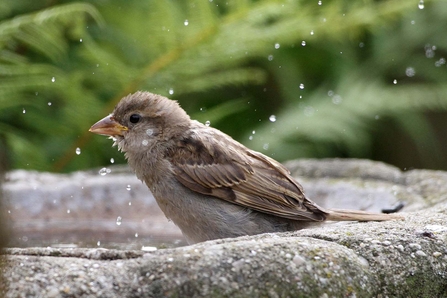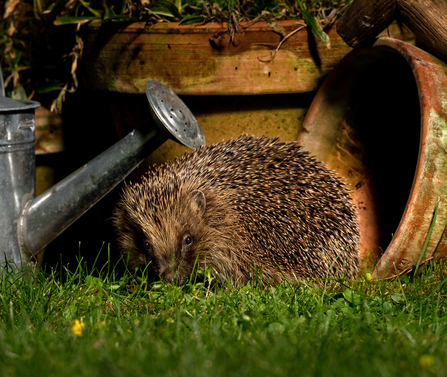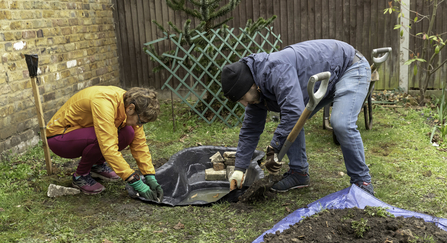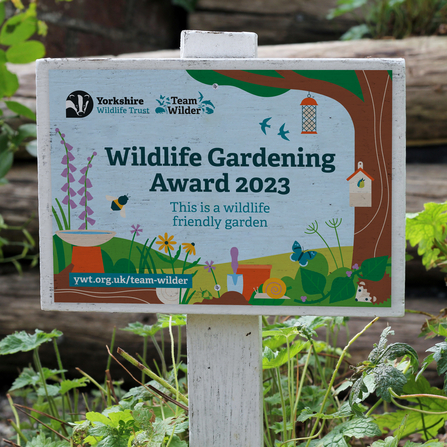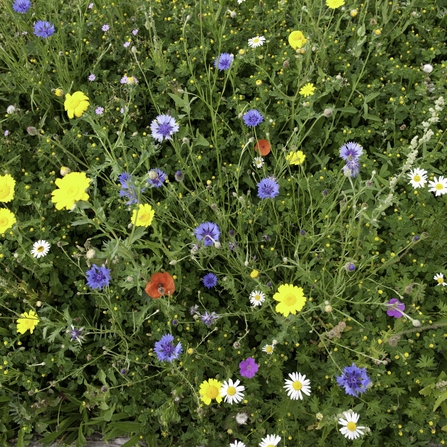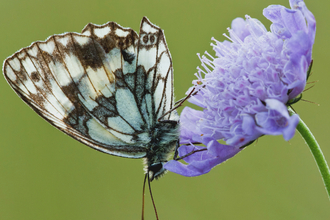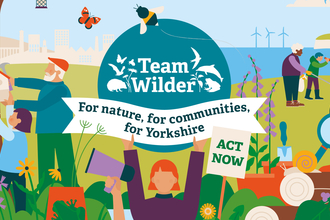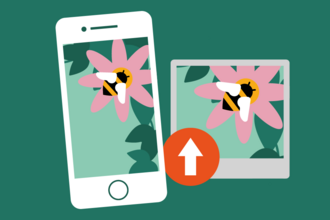Spring has sprung, and for budding gardeners that means it’s time to start planning for the year ahead. This year Yorkshire Wildlife Trust are encouraging gardeners of plots big and small across Yorkshire to consider their local wildlife in their plans. Each week we’re focusing on a different area of wildlife gardening that will make a big difference to your local wildlife, whilst still giving you space to grow your prize-winning tomatoes!
This week we’re looking at food and drink…
Wild
It is currently the hunger gap for your local birds; food supplies may be a little low, so make sure to place feeders where you can also spot your regular garden visitors and enjoy the activity! A range of feeders are available on the Yorkshire Wildlife Trust website.
Don’t forget the water – it’s a joy to watch birds drinking and having a good splash in the warmer sunshine. Options include birdbaths as well as dishes on the ground for smaller birds and hedgehogs just emerging from hibernation.
Fancy a little more colour? Wildflowers are a vital source of nectar for insects no matter how much space you have – grow some in a pot in your back garden, leave a patch of your lawn to go wild or select plants and shrubs that will have attractive seed heads later in the year. Try to resist removing dandelion flowers which provide a welcome drink for emerging bees

